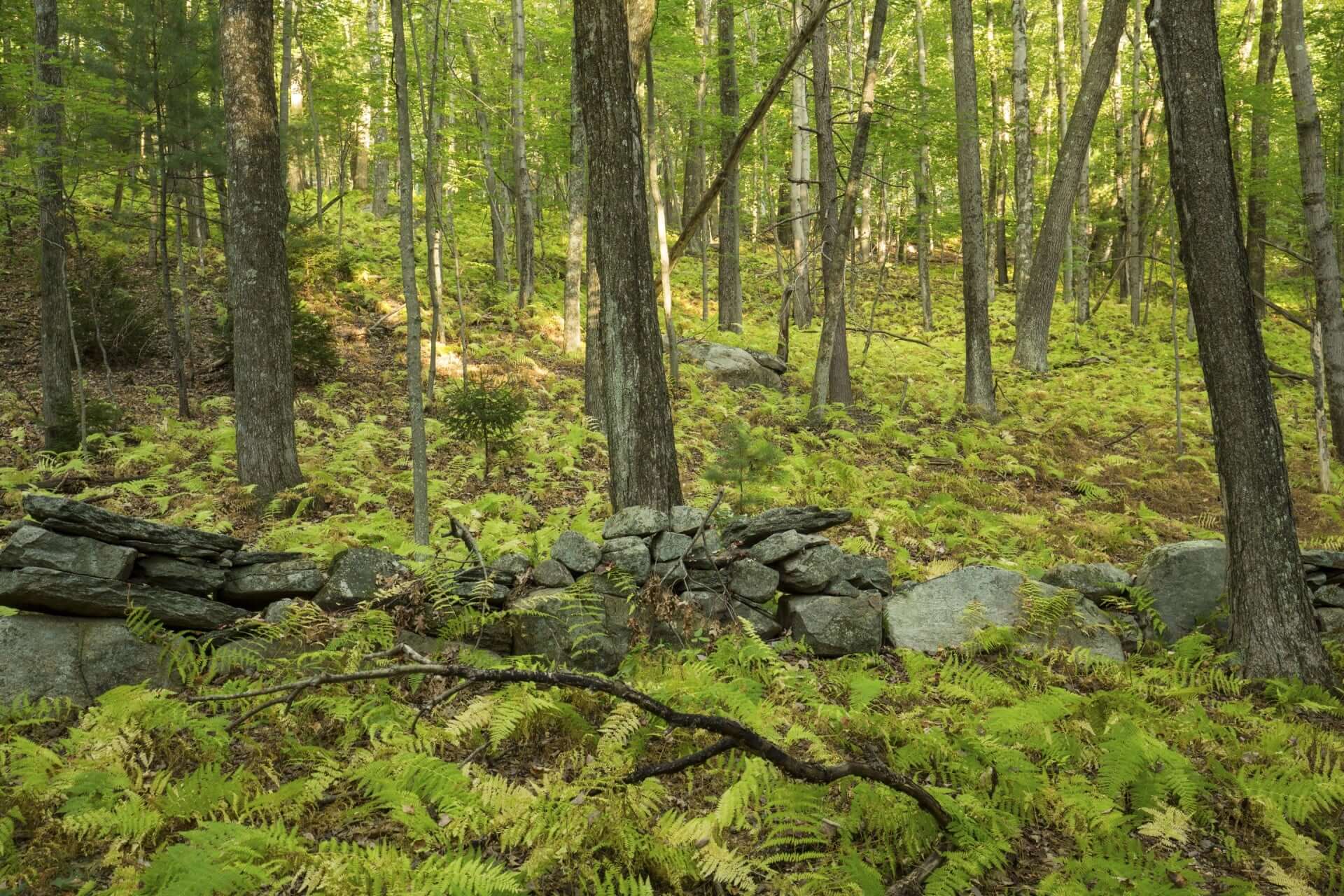Do hay-scented ferns spread?
The hay-scented fern (Dennstaedtia punctilobula) is known for its ability to spread, creating lush green carpets in woodland gardens, forest edges, and naturalistic settings. This fern's spreading behavior is facilitated by its creeping rhizomes, which send new fronds and gradually form a dense, ground-hugging mat. Over time, it can cover large areas, making it a perfect choice for establishing a green, textured ground cover. This ability to spread makes hay-scented ferns ideal for erosion control on slopes and hillsides, as their roots stabilize soil and prevent runoff. However, gardeners should be mindful of its vigorous nature, as it can outcompete other less aggressive plants in certain conditions, especially in shaded areas with moist, loamy soil.
The hay-scented fern is not aggressive in overtaking landscapes to the detriment of the overall garden environment but can be persistent. Its ability to spread efficiently is an asset when you want to fill in areas of bare ground or enhance a woodland garden with a wild, natural feel. The fern's finely divided, feathery fronds give it a soft, delicate appearance, yet its tenacity in establishing itself ensures that it provides lasting green throughout the growing season.
Are hay-scented ferns invasive?
While hay-scented ferns do spread, calling them invasive would be a mischaracterization of their behavior. They thrive in areas with rich, slightly acidic soils, particularly in partially shaded environments like the understory of forests or along woodland edges. Their spread is deliberate and gradual, allowing them to form harmonious colonies without overrunning the ecosystem they inhabit. These ferns have been part of North American forests for centuries, contributing to the biodiversity of those ecosystems by providing ground cover, offering protection to smaller plants, and even creating a microhabitat for insects and small wildlife.
The term "invasive" often implies that a plant is foreign to its environment and has the potential to cause ecological harm. Hay-scented ferns, native to North America, do not fall into this category. They have a symbiotic relationship with their surroundings. Their dense foliage can suppress weeds, decreasing the need for chemicals. Gardeners who cultivate them often appreciate the natural balance they create in garden settings, where they can coexist with other woodland perennials like trillium, hostas, and violets.

What fern smells like hay?
The hay-scented fern is unique because it emits a faint scent of freshly cut hay when its fronds are crushed or brushed against. This gentle fragrance is a delightful surprise, adding another sensory layer to the garden experience. The smell is particularly noticeable in late summer when the fronds have matured. This aroma gives the plant its common name, differentiating it from other ferns, which typically do not emit noticeable fragrances. The scent can evoke memories of pastoral landscapes and hayfields, giving it a nostalgic, earthy appeal.
This hay-like fragrance is most apparent when the sun warms the foliage, making it an ideal plant for sensory gardens where the scent is part of the intended experience. While the aroma is subtle, it contributes to the overall atmosphere of a naturalistic or woodland garden, where every detail works together to create a tranquil, earthy space. For gardeners seeking to engage not only sight but also scent, the hay-scented fern offers a delightful layer of complexity to their garden design.
Where to plant hay-scented fern?
Hay-scented ferns thrive in various garden settings but are primarily at home in shaded or partially shaded areas with moist, well-draining soil. They are ideal for planting in woodland gardens, shaded borders, or naturalized areas where they can spread and form a green carpet. These ferns do well in environments where they can receive dappled sunlight or morning sun but are sheltered from the intense heat of the afternoon sun. They tolerate a range of soil types, though they prefer slightly acidic, loamy soil that is consistently moist but not soggy.
Planting hay-scented ferns near other woodland plants can create a cohesive look. They combine beautifully with shade-loving perennials like hostas, bleeding hearts, and Solomon's seal, creating a lush, textured underplanting. Their soft, feathery fronds can contrast with the broad leaves of hostas or the arching stems of Solomon's seal, adding visual interest throughout the growing season.
These ferns are also excellent for naturalizing large areas, especially if you want to fill a forested section of your property or an underused garden corner. Their ability to establish a dense ground cover makes them a practical choice for reducing the need for mulch in shaded areas. They also make excellent companions for native plants, helping to recreate the look of a natural forest floor. They can transition between more formal garden areas and wilder spaces as they spread, giving the overall landscape design continuity.
In terms of maintenance, hay-scented ferns are relatively low-care. Once established, they can thrive with minimal attention, provided they have the right growing conditions. Occasionally, watering may be necessary during dry spells, but these ferns are generally resilient and adaptable to various moisture levels. In colder regions, they die back to the ground in winter but reliably return each spring, bringing their fresh green fronds back to the garden year after year.
With their elegant appearance and ability to spread without overwhelming other plants, hay-scented ferns are an excellent addition to any shaded or woodland garden. Their fragrance, versatility, and ease of care make them a favorite among gardeners who seek to create serene, naturalistic landscapes that engage all the senses.


